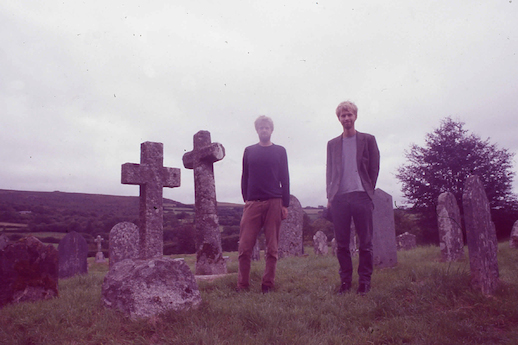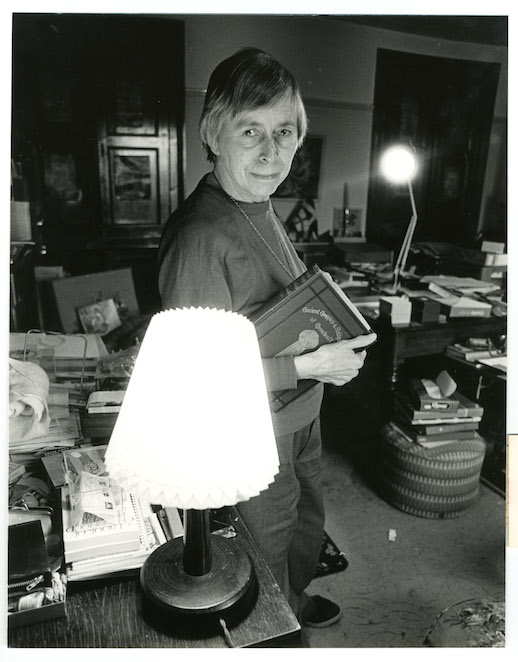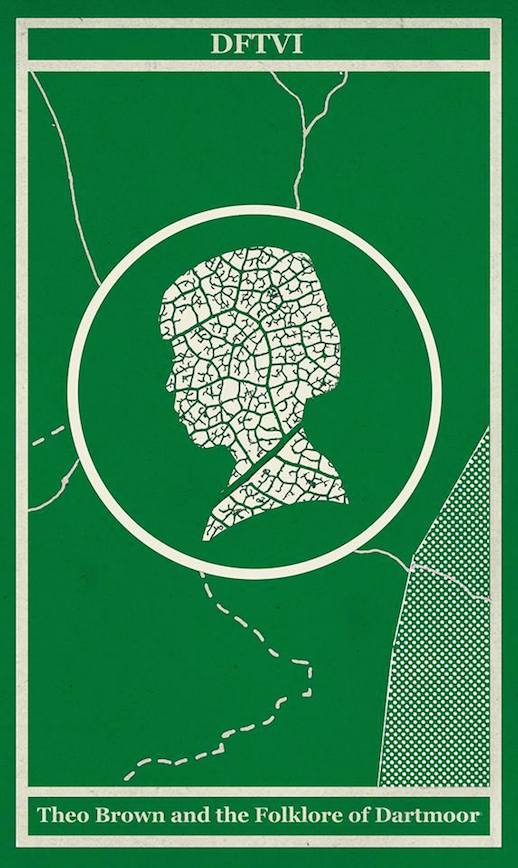Words by Ian Humberstone
Dartmoor is one of the last true wildernesses in England, a vast, sprawling expanse of hills and mires, moss-lined gullies and ancient woodlands. Scattered across this natural landscape is the debris of six-thousand years of human habitation. Cairns, kistvaens and abandoned cottages in knotted bracken lie in wait for the rambler, and to each clings some half-remembered tale, lurking nebulously in the twilight.
For centuries the moor has been populated by small, secluded villages whose inhabitants lived off the land, feeling the force of the elements more greatly than that of any bureaucratic centre. These remote settlements, cut off for weeks at a time in poor weather, have proved to be ideal incubators for folklore, nurturing a distinct oral-tradition from the jetsam of Celtic and Anglo-Saxon influences. This tradition has frothed and brewed, over centuries in some cases, intertwining itself inexorably with the moor’s topography and the vicissitudes of a life lived within its confines.
For a time, in the 1950s and 60s, long after the vogue for such activity had subsided, a woman stalked the Dartmoor paths with a notebook and raincoat, recording these tales. Theo Brown was a folklorist and artist from Kingskerwell in south Devon, who dedicated much of her life to recording the arcane histories of her home county, with an especial emphasis on the contemporary tales and customs of Dartmoor. It is through her interviews that we have a number of unique stories, such as the Sow of Merripit, quoted below:
“This was told me by the late Mrs. Elizabeth Warne of Lydgate. She and her son Solomon subsequently wrote it down for me, and I quote it just as they wrote it:
‘At certain times of the year an old sow and her litter of young pigs can be seen walking across the moor on Merripit Hill, on a dark and foggy night. The young pigs are very hungry, and the old sow is taking them to Cator Gate, where there is a dead horse. The pigs are saying to the mother:
‘Starvin’, starvin.’
The old pig replies:
‘Cator gate, Cator Gate;
Dead Hoss, Dead Hoss, Dead Hoss.’
They travel on through Runnage Bottom, Cator Moor, and at last arrive at Cator Gate. On arrival they find they are too late; only the skin and bones of the dead horse are left. The little pigs all cry:
‘Skin an’ Bones, Skin an’ Bones.’
The Old Sow replies:
‘Let ‘en lie, let ‘en LIE.’
And all return again across the moor to Merripit Hill and vanish in the darkness and fog.”
There follows Theo’s own erudite analysis of the tale, which references everything from similar phantom processions sighted on the Blackdown Hills, to multi-breasted goddesses of antiquity and possible links to the gaelic Cailleach. Brown’s writing, at its best, is a rabbit-hole of imaginative associations and digressions, tied together by sound reasoning and original research.
Over the past nine months David Chatton Barker and I have retraced Theo’s footsteps. Around archives in Devon, along lanes in Postbridge, over Merripit Hill, and out into the moorland mists, into the very breadths of the wilderness. Creating ‘Theo Brown and the Folklore of Dartmoor’ has been a labour of love, and the moor has left its mark on both of us. We know it by the newfound glint in our eyes; by the sedge in our socks.
‘Theo Brown and the Folklore of Dartmoor’ is a box set of records, film, essays and prints re-imagining Theo’s researches on the moors as an audio-visual experience. Seven seven-inch records retell the lore of seven moorland villages as textured soundscapes; a thirty minute film, shot on-location and manipulated by decomposing organic material collected on the moors, provides a visual accompaniment; a twenty-four page pamphlet gives a full biography of Theo Brown, alongside transcripts of the tales she notated. The box is also enriched by seven postcard print reproductions of Theo’s own exquisite woodcut prints, salvaged from dusty archive shelves.
We hope to honour the memory of Theo Brown by this endeavour.
Folklore Tapes will be telling the story of Theo Brown story in a special installation in the Caught by the River field at this year’s Port Eliot festival. Join us on Thursday afternoon where you’ll find David and Ian discussing the project with Mathew Clayton during the first of the weekend’s Antidote Hour sessions.


